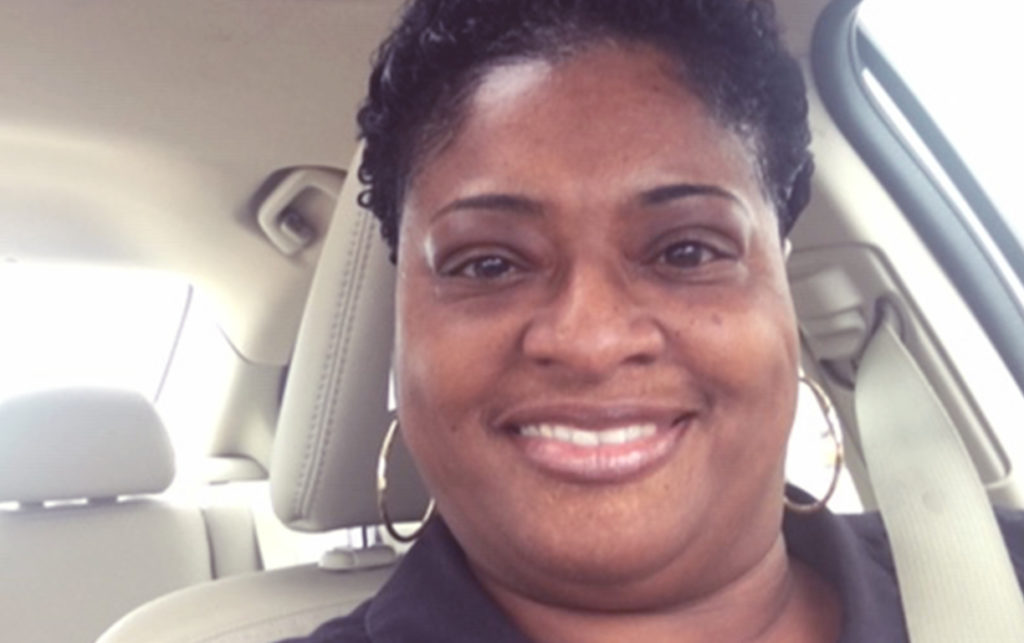Patient Stories
My optometrist gave me the keys back to my life – and my car.
Tanya Walls – Olive Branch, MS

It’s not uncommon for our vision to change as we age. So, when the vision in Tanya’s left eye became blurry, even while wearing glasses, she thought it was just time for a new prescription. During her visit with her optometrist, she mentioned that driving, especially at night, had become difficult.
With a comprehensive eye exam, Dr. Tiffany McElroy was able identify Tanya had a condition called Keratoconus. Keratoconus is a progressive eye disease in which the normally round cornea thins and begins to bulge into a cone-like shape. This odd shape effects the way light enters the eye and causes distorted vision. This was something that couldn’t be fixed with new glasses. Dr. McElroy prescribed special contacts called scleral lenses to alleviate Tanya’s vision problems. Once she was fitted with the scleral lenses, Tanya’s vision was 20/20 in both eyes, and she had no more problems driving at night.
During her visit with her optometrist, she mentioned that driving, especially at night, had become difficult.
Don’t wait to get your eyes checked until you have a problem with your vision. Schedule regular annual eye exams with your family eye doctor – as you do with your family physician. Your eyes and vision can be affected by a variety of diseases and other problems. An eye exam can detect major eye diseases, including macular degeneration, diabetic eye diseases, glaucoma, and in Tanya’s case, keratoconus.


